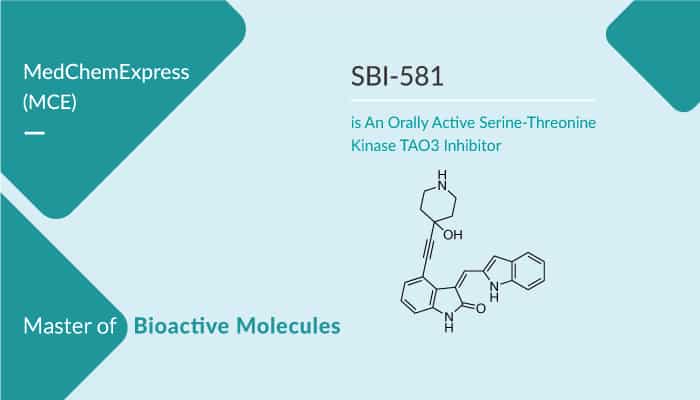TAO3 is a STE20-like kinase of the GCK subfamily. Specifically, TAO3 is overexpressed in many human cancers. Besides, it regulates the formation of invasive pseudopodia in melanoma, breast cancer, and bladder cancer. Both TAO3 and CBK1 are components of the RAM signal network, which regulate cell separation and polarization during mitosis. In addition, the catalytic activity of TAO3 promoted the growth of 3D matrix and melanoma in vivo.
Moreover, TAO3 is a serine/threonine kinase expressed in many different cell types, including T cells. Human T cells lacking TAO3 have impaired LCK-dependent TCR signaling. Furthermore, this results in a defective response of IL-2 to classical TCR signaling. Meanwhile, no response to bacterial superantigens uses the LCK independent pathway. Nonetheless, TAO3 is a positive regulator of TCR signal transduction by preventing premature inactivation of LCK mediated by SHP-1. Importantly, TAO3 is a new therapeutic target with a unique mechanism. Here, we will introduce an orally active and potent selective serine-threonine kinase TAO3 inhibitor, SBI-581.
SBI-581 is An Orally Active Serine/Threonine Kinase TAO3 Inhibitor.

First of all, SBI-581 is a selective serine-threonine kinase TAO3 inhibitor, with an IC50 of 42 nM. Particularly, SBI-581 promotes TKS5α accumulation at RAB11-positive vesicles. SBI-581 inhibits invadopodia formation. Obviously, SBI-581 shows reasonable pharmacokinetics in mice using IP injection. SBI-581 shows antitumor activity.
In the second place, SBI-581 shows moderate selectivity (>5-10x) against the majority of a broad panel of kinases. Additionally, SBI-581 with 10 mg/kg by IP displays reasonable pharmacokinetics (t1/2=1.5 hr; AUC= 1202 hr*ng/mL; Cmax=~2 μM).
All in all, SBI-581 is an orally active and potent selective serine-threonine kinase TAO3 inhibitor.
References:
Iizuka S, et al. Cancer Res. 2021 Mar 15;81(6):1472-1485.